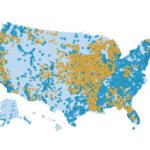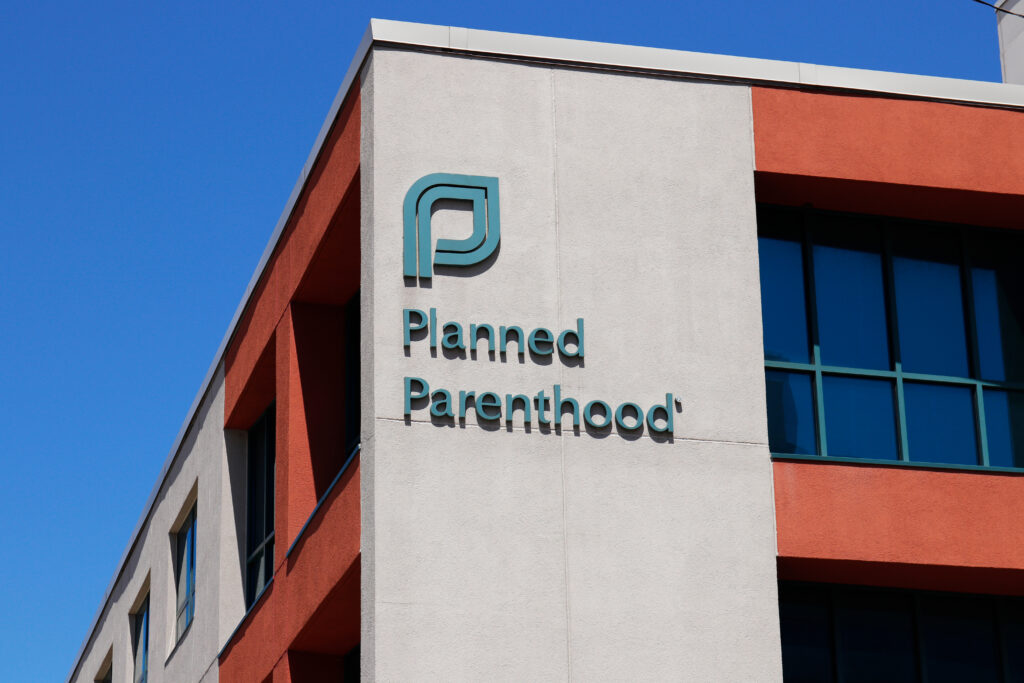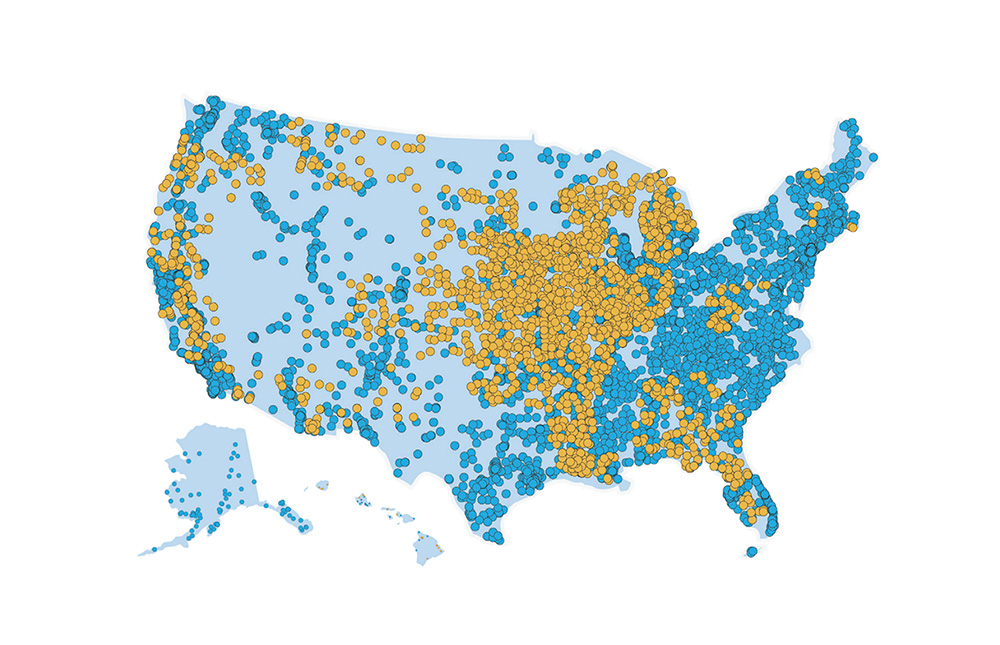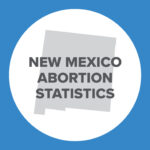Abortion Reporting: Idaho (2019)
Idaho has released partial 2020 abortion statistics. CLI will post a summary when the full 2020 report is published.
Idaho’s 2019 abortion report was released in February 2021, revealing that abortions in the state showed a marked increase between 2018 and 2019.
Changes in Idaho Abortions, 2018-2019

The report does not include information on Planned Parenthood’s Idaho abortion market share.
Abortion Totals and Trends
There were 1,513 abortions reported in Idaho in 2019, the highest total since 2009. Abortions increased by 20 percent between 2018 and 2019. Chemical abortions rose by 23 percent, making up 42 percent of the total in 2019. The Charlotte Lozier Institute (CLI) estimates that Idaho’s abortion rate increased by 18 percent but remained far lower than the national rate. As of July 2021, 36 states had released 2019 abortion statistics, including 21 that showed increases from the previous year.
Separately, Idaho reports the number of abortions performed on Idaho residents both in Idaho and in other states. Resident abortions rose by nine percent in 2019, although the number of Idaho women traveling out-of-state for abortions actually declined; the increase was concentrated among women who stayed in Idaho for their abortions.
State Report Summary
Occurrence
Of the 1,513 abortions reported in Idaho, 94 percent were performed on Idaho residents, while six percent were performed on nonresidents or on women whose residence was not reported. Over half the abortions occurring in Idaho (57 percent) were on women in their twenties, with 32 percent of the abortions on women ages 20 to 24 and a quarter on women ages 25 to 29. Twenty-seven percent of the abortions were on women in their thirties, and four percent were on women age 40 or older. Twelve percent of Idaho abortions were performed on girls under the age of 20, including two percent (35 abortions) on minors under the age of 18. Idaho requires parental consent before an abortion may be performed on a minor, and in 2019 each of the 35 minor girls had a parent or guardian provide consent for the abortion.
The majority of Idaho abortions (79 percent) were on white women. Just under three percent were on black women, not quite three percent were on Asian or Pacific Islander women, and two percent were on Native American women. Almost two percent of the abortions were on women of other races, a category that includes women of multiple races. Twelve percent of the abortions were on women whose race was not reported.
Most of the abortions reported in Idaho (72 percent) were on unmarried women, compared to 20 percent on married women and eight percent on women of unknown marital status. The majority of the abortions were on women who had no previous abortions: 81 percent were on women with no previous abortions, while 14 percent were on women with one prior abortion and four percent on women with two or more previous abortions. In contrast, more than half the abortions were on women who had previously given birth. Twenty-one percent were on women with one previous live birth and 32 percent were on women with two or more, compared to 46 percent on women with no prior live births.
Sixty-nine percent of Idaho abortions were performed before nine weeks of gestation. Fifteen percent were reported between nine and 10 weeks, eight percent occurred between 11 and 12 weeks, and seven percent were performed between 13 and 15 weeks. Very few Idaho abortions occurred after 15 weeks of gestation. Four abortions (0.3 percent) were performed between 16 and 20 weeks of gestation, and two abortions (0.1 percent) were performed between 21 and 24 weeks. No abortions were reported after 24 weeks of gestation, although 13 abortions occurred at unreported gestational ages.
Just over half the abortions, 51 percent, were performed using suction curettage, and 42 percent were chemical abortions. Seven percent were dilation and evacuation or dismemberment abortions. There were four sharp curettage abortions, one intrauterine saline or prostaglandin instillation abortion, and two abortions performed via other, unspecified means.
Before an abortion may be performed in Idaho, the woman must be provided with educational materials. In 2019, educational materials were provided in advance of 1,510 of the 1,513 abortions, while in three cases it was unknown whether the materials had been given. As Idaho’s report explains, “It is possible to have reports of procedures with unknown or no patient educational materials provided in rare cases of medical emergencies.”
Twenty-one reports of abortion complications were submitted in 2019.1 Ten of the abortions causing complications were chemical, nine were surgical, and two were unreported methods. There were 13 incomplete abortions, four failed abortions, two cases of psychological or emotional complications reported by the patient, one instance of excessive bleeding, and one case of pelvic inflammatory disease. In one case, depression/anxiety was listed as a pre-existing condition.
Residence
Idaho’s report includes information on Idaho residents who get abortions, both in Idaho and in other states that then share this data with Idaho. Not all states report the state of residence of women obtaining abortions, so it is likely that some Idaho women who obtained abortions out-of-state are not included in this total. However, Idaho’s 2018 resident abortion total (1,742) was close to the total number of Idaho resident abortions reported by the Centers for Disease Control and Prevention (1,769).
In 2019, Idaho reported 1,892 abortions performed on residents, of which 1,429 (76 percent) occurred in Idaho and 463 occurred in another state. There were 354 abortions on Idaho residents in Washington (19 percent). Fifty-nine abortions were reported by Utah (three percent), while 25 abortions were reported by Oregon and 24 abortions by Montana (one percent each). The report did not indicate where one abortion occurred.
Thirteen percent of the abortions performed on Idaho residents were on girls under the age of 20, including three percent on girls under the age of 18. Thirty percent were on women ages 20 to 24 and 25 percent on women ages 25 to 29. Twenty-eight percent of the abortions were obtained by Idaho residents in their thirties, and four percent were on women in their forties or older.
Eighty-two percent of the abortions reported to have been performed on Idaho residents were on white women. Two percent were on black women, and not quite three percent were on Asian or Pacific Islander women. Just under two percent were performed on Native American women, while one percent were on women of other or multiple races. Race was not reported for 10 percent of the Idaho residents undergoing abortions. Eighteen percent of the abortions were on Hispanic women, 60 percent were on non-Hispanic women, and 22 percent were on women whose ethnicity was not reported.
Two-thirds of the abortions performed on Idaho residents occurred earlier than nine weeks of gestation. Fifteen percent were performed between nine and 10 weeks, and eight percent occurred between 11 and 12 weeks. Six percent of the abortions obtained by Idaho residents were performed between 13 and 15 weeks of gestation. Two percent were performed between 16 and 20 weeks, and 0.6 percent (12 abortions) were performed between 21 and 24 weeks. There was one abortion performed at 25 weeks of gestation or later. Thirteen abortions occurred at unreported gestational ages.
Forty-six percent of the abortions on Idaho residents were performed using suction curettage, while 44 percent were chemical abortions. Eight percent of the abortions were performed via dilation and evacuation, and two percent were performed with sharp curettage. There was one instillation abortion and three others that used other methods.
Abortion Providers in Idaho
The Guttmacher Institute reported that in 2017, Idaho had five abortion facilities, including three abortion clinics. The other two facilities were likely hospitals or doctor’s offices. All three of Idaho’s abortion clinics are operated by Planned Parenthood.
In 2019, 83 percent of the abortions occurring in Idaho were performed in Ada County, which is where two Planned Parenthood centers and a doctor’s office that provides abortions are located. An additional nine percent of the abortions occurred in Twin Falls County, the location of the third Planned Parenthood center. Nine abortions were reported in Valley County. The Charlotte Lozier Institute was unable to determine which abortion facility was responsible for these abortions, but it was likely the second non-clinic abortion facility counted by Guttmacher (in addition to the doctor’s office in Ada County).
All three of Idaho’s Planned Parenthood abortion centers are operated by Planned Parenthood of the Great Northwest and the Hawaiian Islands (PPGNHI), which manages centers in Alaska, Hawaii, Idaho, and Washington. The annual reports published by PPGNHI do not identify the number of abortions performed in each state; however, they do show that total patients declined by two percent between 2018 and 2019 and total visits fell by one percent, while abortion-related visits increased by nearly two percent. Even though patients declined overall, Idaho patients increased by five percent between 2018 and 2019. These trends may have played a role in the increase in Idaho abortions in 2019. In 2021, PPGNHI merged with Planned Parenthood of Indiana and Kentucky.
State Ranking
In CLI’s 2016 analysis of abortion reporting across the United States, Idaho’s reporting tied for 17th best. Since then, Idaho has improved its abortion reporting by strengthening and defending its complication law. As CLI has previously recommended, Idaho could continue to improve its reporting by listing the states of residence of nonresident women who travel to Idaho for abortions. Idaho could also provide information on the level of education of women who get abortions.
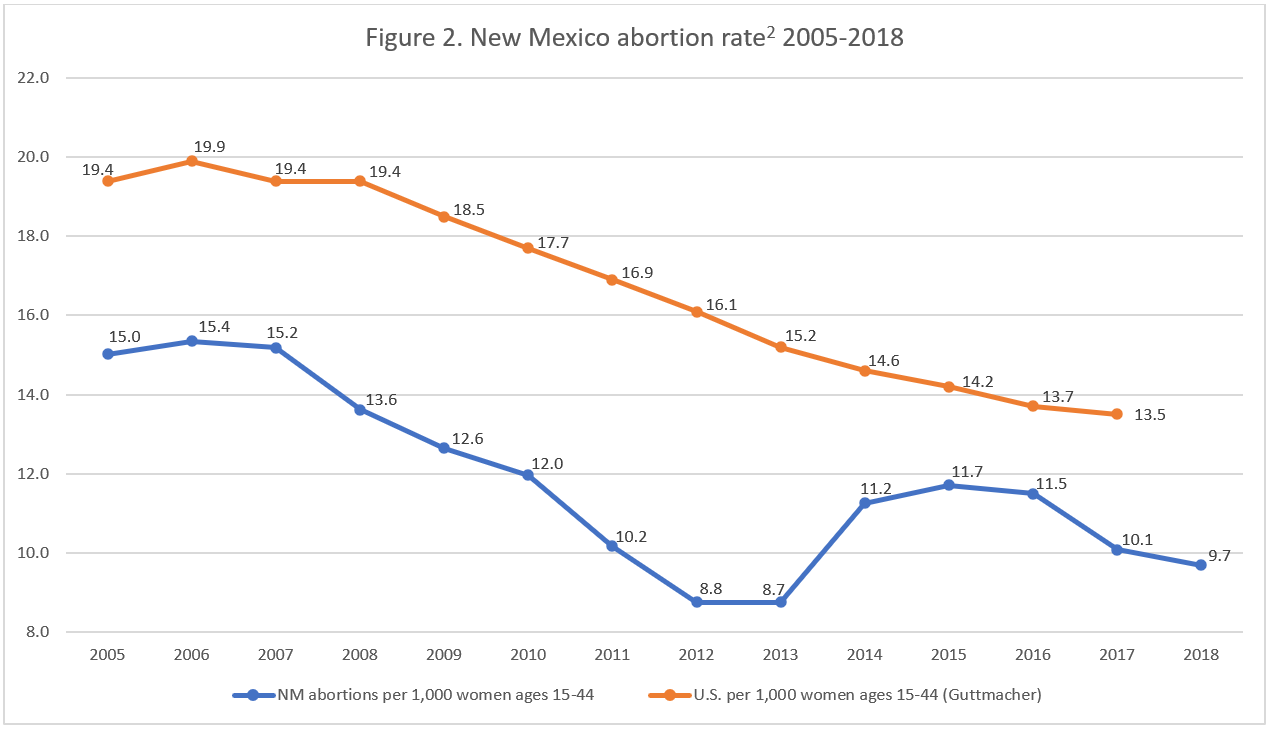
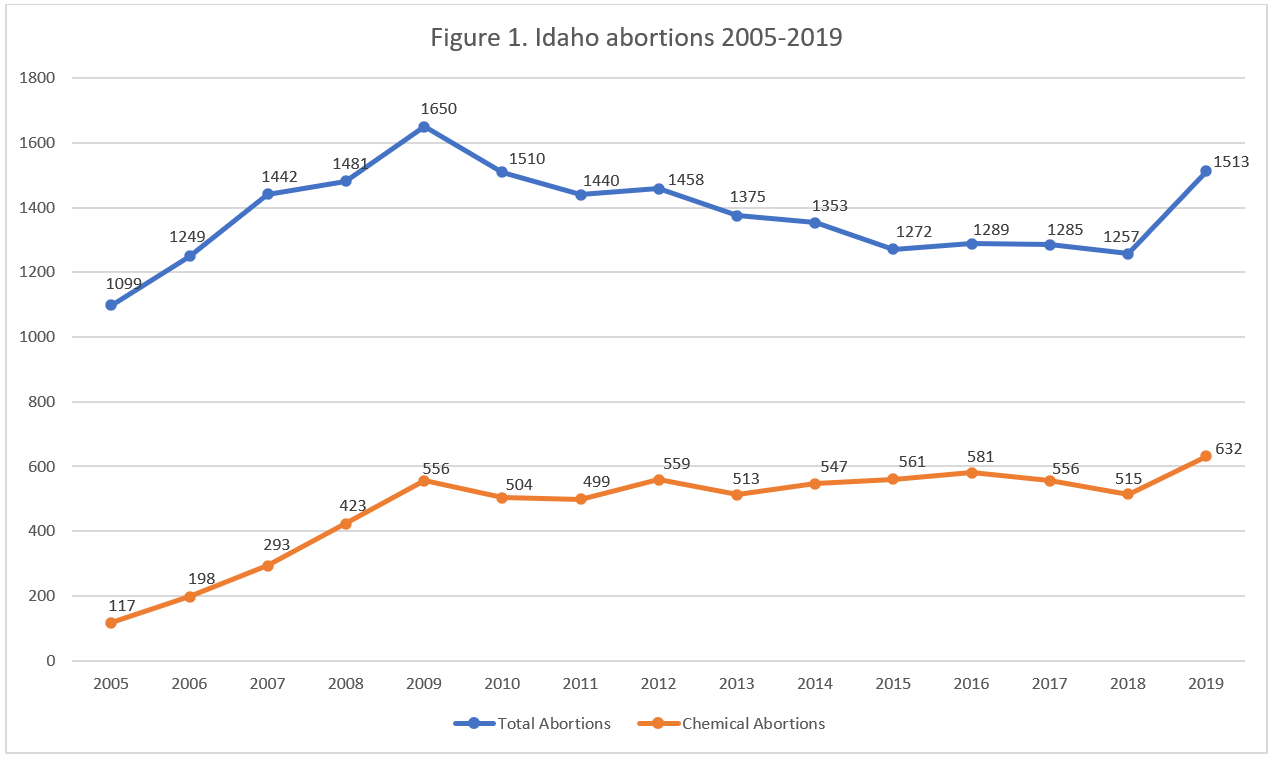
- Statistics on abortion complications reported here represent a minimal number of deaths and complications, as this data is collected in a non-systematic and non-verifiable way. As such, this data cannot be used to calculate either an accurate abortion mortality rate or an accurate abortion complication rate for the state.
- Rates were calculated by CLI using the following formula: (total number of abortions performed in Idaho ÷ number of resident women ages 15-44) x 1,000. Rates may differ slightly from previous CLI articles due to revised population estimates. Population estimates were obtained from the CDC WONDER database.
Click here to view reporting from:2023202220212020201820172016












